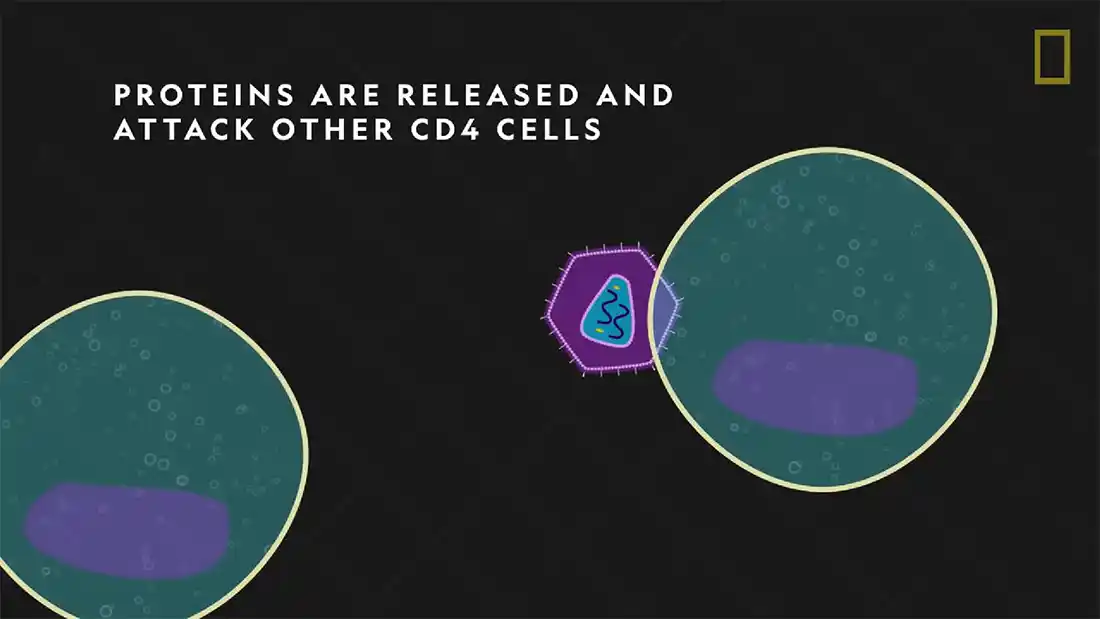

HIV, AIDS, disease, sexual intercourse, flu-like symptoms, semen, vaginal fluid, anal fluid, immune system, transmission, antiretroviral, undetactable viral load.
Made famous by Rock musician and Queen frontman Freddie Mercury, HIV and AIDS are two slightly different diseases that affect the human immune system.
HIV, or human immunodeficiency virus, is a virus that spreads through the immune system. It damages the white blood cells in your circulatory system to the point that you are unable to fight off other infections or diseases. HIV can be transmitted from one person to the next.
Symptoms of HIV include a short flu-like illness for two to six weeks after the HIV infection, which will last for a week or two. After that, the HIV virus can cause no symptoms for up to years after the infection is contracted, but it will remain in the body continually damaging your immune system.
HIV is a fragile virus and does not last long outside of the body. It can be found in body fluids of the body, including semen, vaginal fluids and anal fluids, blood, and breast milk. It cannot be transmitted through sweat, urine, or saliva. There are several ways to contract the virus, including unprotected vaginal or anal sex; sharing needles, syringes or injecting equipment; transfer from mother to baby through breastfeeding.
Treatment for HIV includes tablets that are called antiretroviral medication. They inhibit the HIV to stop the virus from replicating itself. This gives the immune system to repair itself. Medication for HIV is to be taken daily, to continue the inhibition. Without this, the HIV will replicate further. The purpose of the HIV treatment is to make it so it doesn't show up in a test. This is called having an undetectable viral load.

One of the most famous people who had HIV and AIDS was Freddie Mercury. The lead singer of the rock band Queen carried on with his singing career right up until his death in 1991.
The following still is from a video on HIV and AIDS, with the following details:
Please click on the image to view the video.

While HIV is the virus that can be transmitted from one person to the next, AIDS, or autoimmune deficiency system, is the aftermath of contracting HIV. AIDS, or acquired immune deficiency syndrome, is a series of infections or diseases that are potentially life-threatening, and that can happen because HIV has damaged your immune system to irreparable damage.
AIDS has been a recognised disease since as early as 1981, with HIV being recognised slightly earlier by the CDC (Centre for Disease Control and Prevention) in the USA. Since it's recognition, and up to 2021, some 40 million deaths have occurred because of one or the other.
Disclaimer | About Me | Sitemap
Website design by SyntaxHTML.



Blue icons adapted from icons courtesy of Smashicons.com